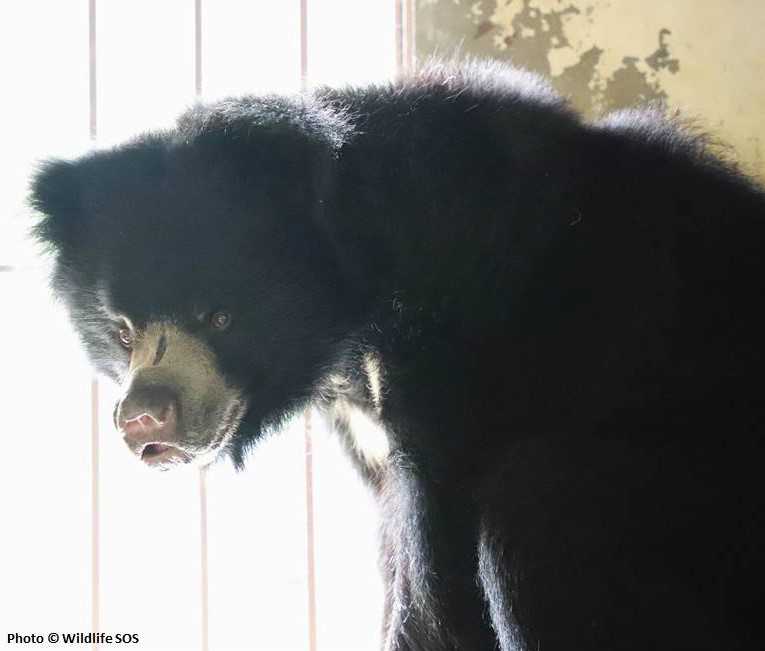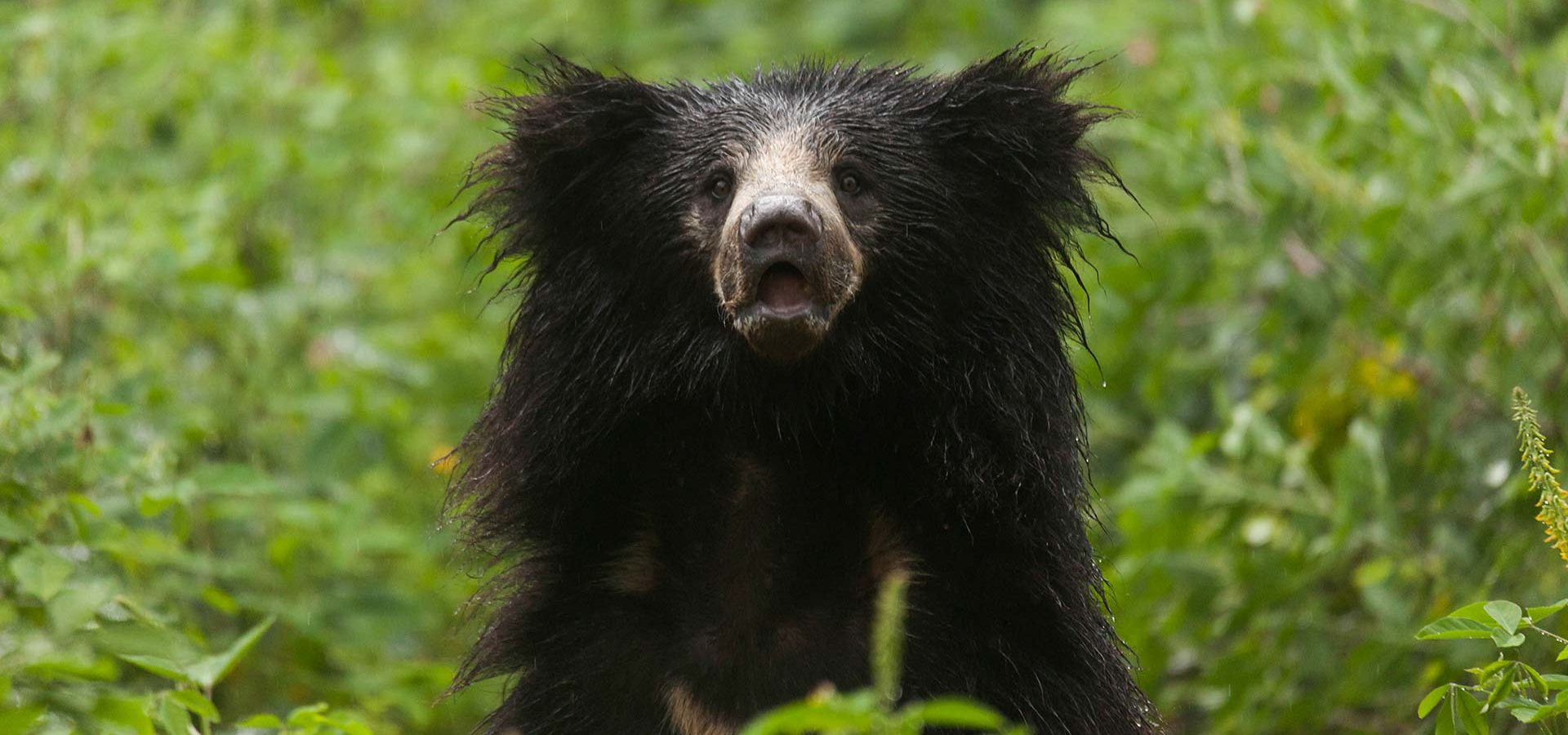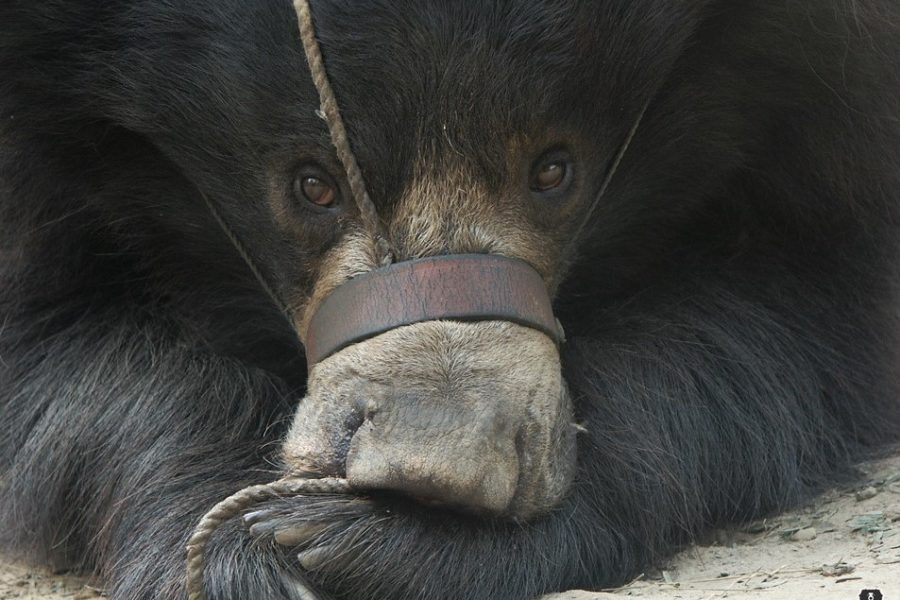It is true that success is the result of years of untiring efforts and not the fruit of a single lucky day, especially when it comes to eradicating a social tradition and livelihood embedded in the roots of a culture. The ‘Dancing Bear’ practice was a social evil, unknowingly perpetrated by an impoverished tribe which had been introduced to no other avenue of earning a livelihood. The tribe itself existed in an almost equivalent level of squalor as those innocent bear cubs they poached from the wild, who were to grow up in a painful reality far from the life in the wild they should have experienced.
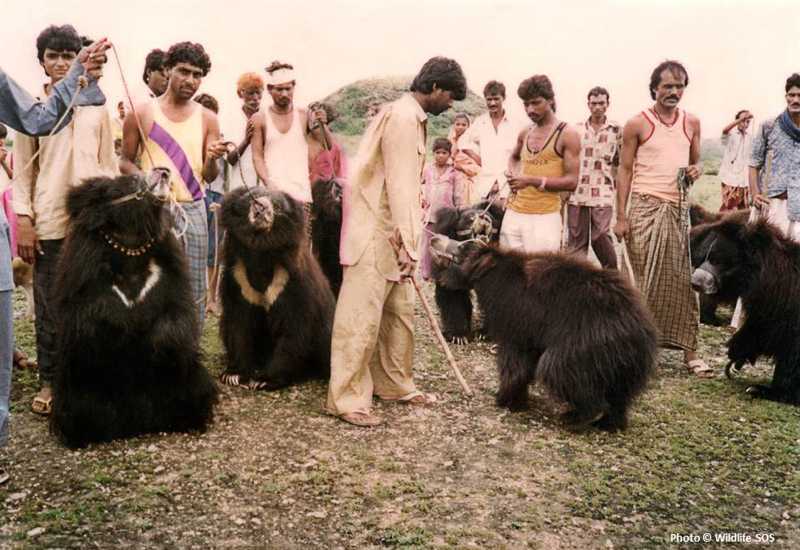
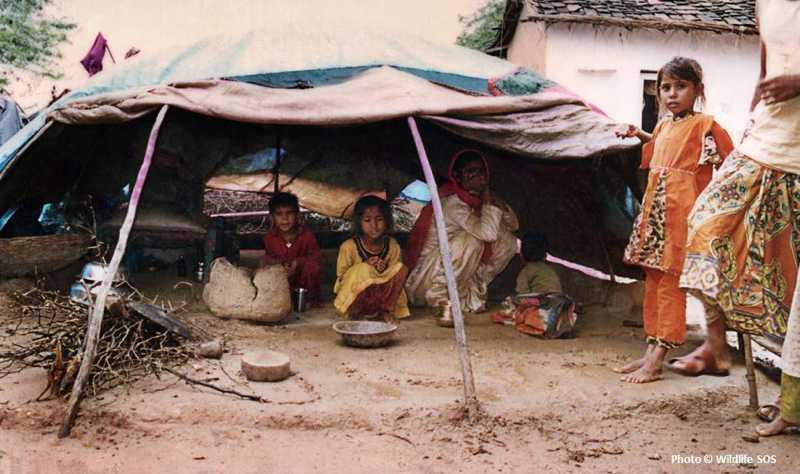
Wildlife SOS co-founders, Kartick Satyanarayan and Geeta Seshamani first noticed the practice in full swing on the streets of India, more than 2 decades ago – being passionate animal lovers, they decided to take a stand to end it. Today, we are celebrating ten years since our last rescue of the vulnerable Indian sloth bear from the jaws of this barbaric practice. It took an innovative approach to ensure that the practice would end for good with many setbacks lining the path to victory. India’s last ‘dancing bear’ was taken off the streets in 2009 marking a major victory for conservationists pan India.
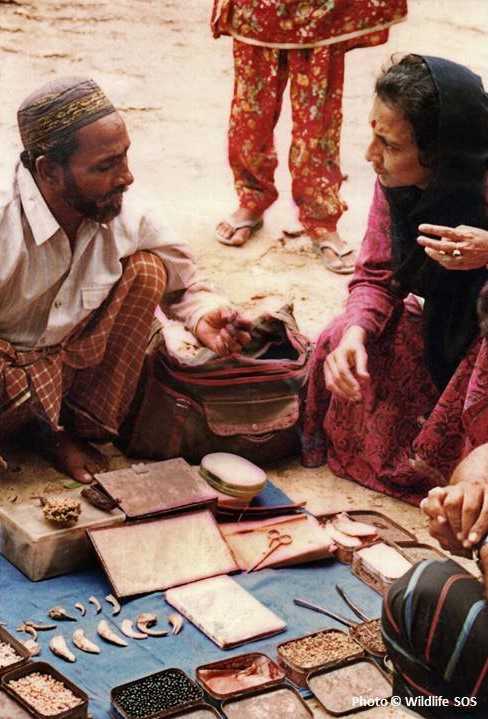
Thousands of sloth bear cubs were poached mercilessly across India and the mother bears brutally killed so poachers could meet the demands created by the Kalandar community to replace the dancing bears that died or were sold off each year. To start with, a red hot iron poker would be hammered through the baby bear’s delicate muzzle, often at the tender age of 6 to 8 weeks. A rough, thick rope would then be thrust through the oozing wound to control the bear. Then tugging of the rope through this painful wound would create a great deal of pain and would soon force the traumatised bear to cooperate and jump thereby inducing ‘dancing’ performances on demand! These bears lived at the end of a four foot long rope performing on streets for the public.
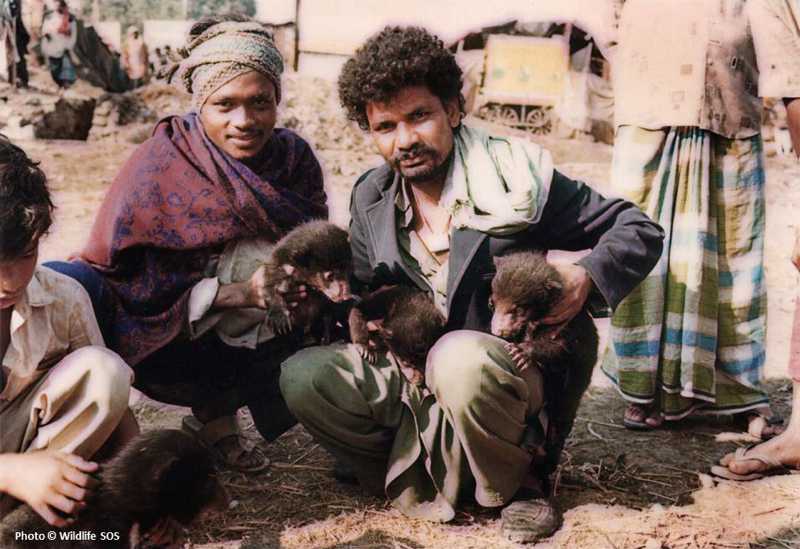
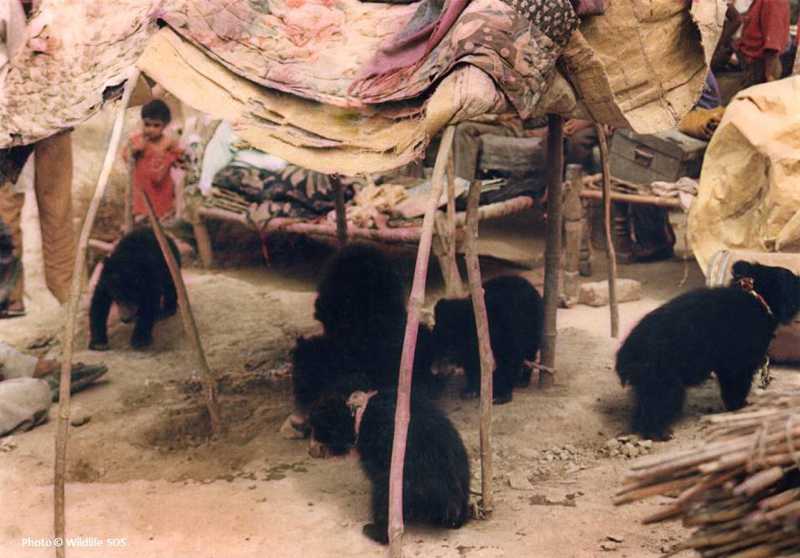
Till over a decade ago, more than 1200 sloth bears were kept in captivity and danced on the streets for recreation by the ‘Kalandars’ – an impoverished, nomadic tribe that earned its livelihood through the practice. None of the Kalandar families had an alternate source of income and had watched their fathers and grandfathers doing the same thing when they were growing up. Marginalized and impoverished, the nomadic gypsy community sustained itself as beggars, using and exploiting sloth bears to ‘dance’ as a way to attract alms from tourists or collect grains and food from the rural public. A single dancing bear could support an entire Kalandar family for a year. The fate of the hundreds of captive and abused sloth bears was linked to the Kalandars moving to a dignified, alternate livelihood independent of wildlife trade and exploitation.
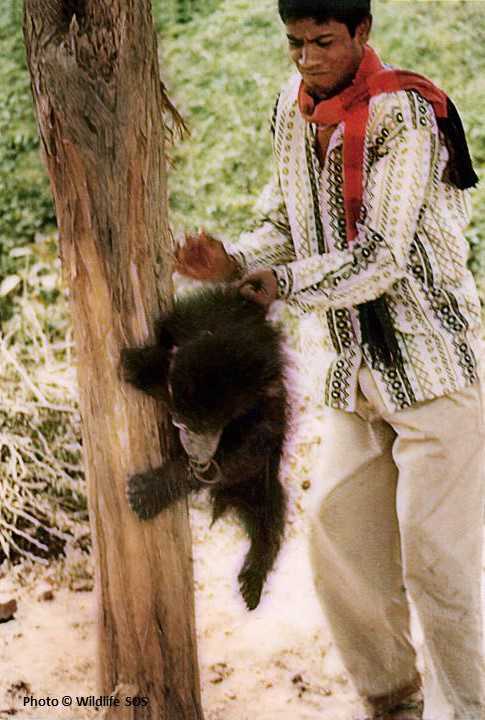
In order to end the practice, Wildlife SOS realized that it was very important to work with the Kalandars and address root problems plaguing the community. After spending years researching the tribe’s way of life, Geeta Seshamani and Kartick Satyanarayan finally hit upon a plan that would be beneficial to both the community and the bears, giving birth to the ‘Kalandar Rehabilation Project’. The men were offered vocational training for an alternative livelihood which excluded exploiting any wildlife species, the women were empowered to learn skills and children were enrolled in school.
Today, almost 40% of the Wildlife SOS staff comprise of members of this community. Success can be measured through the fact that a Kalandar child born after 2009 has never seen a bear in his or her home. Today, over 4000 Kalandar families are no longer dependent on illegal wildlife crime to sustain themselves. The results of the ‘Kalandar Rehabilitation Project’ were phenomenal and a tradition that had gone on for 400 years was finally put to an end.
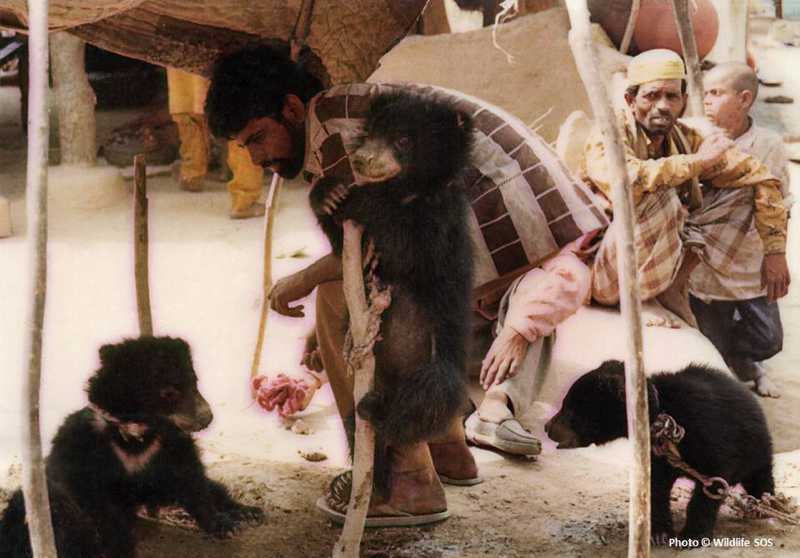
While the dancing of bears had been declared illegal under the Wildlife Protection Act of 1972, the last bear was only taken off the streets or surrendered by their masters to Wildlife SOS in December, 2009. We undertook the responsibility of providing a home to the hundreds of bears whose future was now suddenly uncertain – having been in captivity for a long time or being orphaned, these bears could never return to a life in the wild. In 2002, more than 600 bears were taken off the streets and put in 4 rescue centres across the country with the help of our partners, wildlife conservation organisations International Animal Rescue, Free The Bears, One Voice and Hauser Bears. A major chunk of gratitude also goes to the local state Forest Departments, without whom, none of this would have been possible.
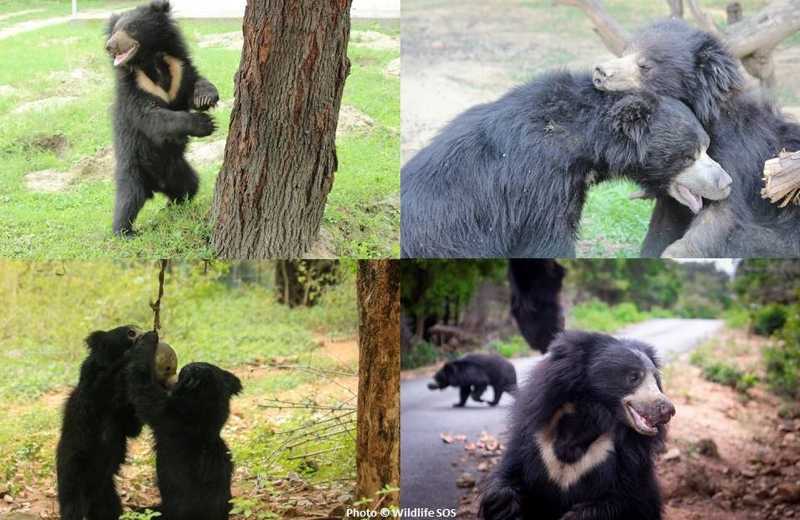
Despite continuous efforts, the threat of poaching of sloth bears for their body parts still continues. India’s vast size and porous borders lends credence to speculation that there are still some bears hidden away in remote villages of the country or in neighboring countries. Our suspicions were further confirmed by a bust by Wildlife SOS’ anti-poaching unit ‘Forest Watch’ earlier this year, when 5 bears were rescued while being smuggled through the Indo-Nepal border – they were eventually brought to the NGO’s rescue centre in a successful operation where a new life awaited them. As Wildlife SOS celebrates its tenth anniversary of the last official ‘Dancing Bear’ rescue, we are firmly committed to our cause and intend to tackle this troubling resurgence of poaching and smuggling sloth bears with renewed zeal!
